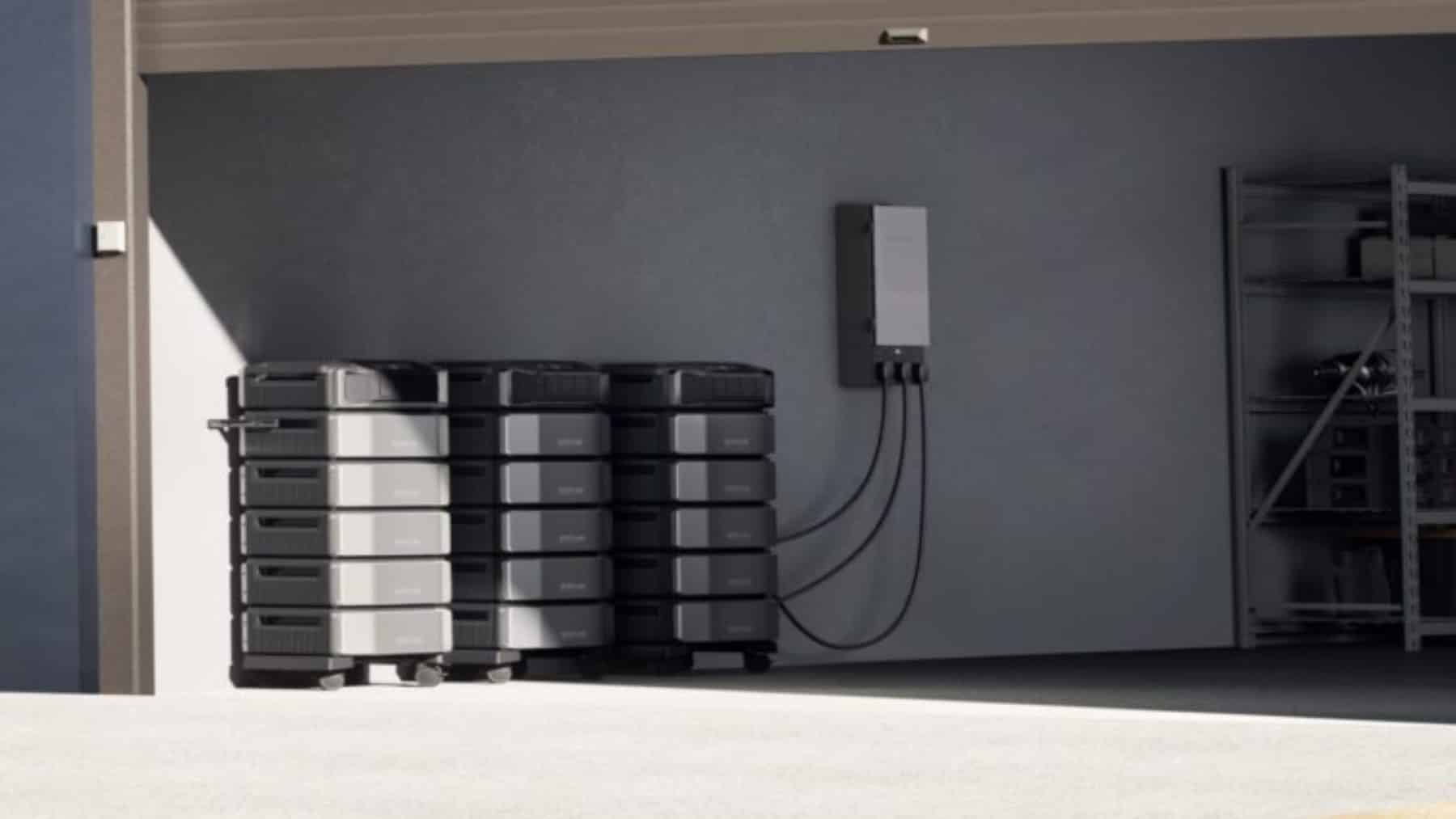The arrival of winter brings with it the inevitable rise in bills due to constant use of heating. This winter energy-saving challenge demands an innovative solution. The solution has been the 7,200 W device, a high-performance energy management tool designed to transform the way we manage energy at home. Its technology focuses on energy efficiency by optimizing electricity consumption, helping to reduce waste and ensuring balanced electrical load. Through intelligent monitoring and automatic load balancing, this system not only promises considerable energy savings in heating costs but also promotes sustainable energy and environmental sustainability by helping to significantly reduce our carbon footprint.
The hidden tension of winter energy demand
The arrival of winter brings with it the need for households to prepare for the cold, and it is not enough just to take out the thickest blankets and winter pajamas. Preparing for winter also requires preparing for the noticeable increase in electricity bills. Naturally, this increase is almost always caused by the need to maintain warmth in the home. It is a fact that the use of heating devices and the duration of their use drives annual energy consumption to its highest peak.
Keeping this in mind is essential for homeowners to implement strategies that mitigate the economic impact. However, the expense does not come solely from the heating itself; there is a “hidden strain” responsible for silently increasing electricity consumption. It is important to take into account devices on standby and outdated light bulbs, as they are energy sinks that increase the total bill without us realizing it. If you truly want to save energy, the real solution is to implement comprehensive energy management that addresses the problem at the root of inefficiency.
7,200W Device
One of the useful options available on the market to redefine energy efficiency at home is the 7,200 W device. It is a high-performance energy management system designed to optimize up to 7,200 W of continuous electrical load. Its operation is simple: it integrates with the home’s electrical infrastructure, providing intelligent monitoring and regulation of energy distribution. Through a scalable output, it ensures a reduction in energy waste, supplying only the necessary amount for each appliance. It would be responsible for distributing the home’s energy to the different devices, optimizing energy consumption during the cold months.
How does it distribute energy so efficiently?
The 7200 W device features an automated load balancing system, which manages the energy by identifying and redirecting power, thus preventing overloads on the devices. Additionally, it has intelligent programming that allows appliances to be configured to operate preferably during off-peak hours or periods of lower demand. These are the times when energy tariffs are lower, making consumption cheaper. Moreover, it is also possible to check which household appliance is consuming the most energy in real time, helping the owner make informed decisions about it.
Beyond winter
The use of the 7200 W device is not limited to the winter season. According to the data, families who have implemented it throughout the rest of the year have reported substantial savings on their energy bills. The data includes up to a 30% reduction in heating expenses. However, the installation of this device requires a considerable initial expenditure. Nevertheless, it not only ensures that the investment is recouped, but many regions offer incentives and discounts that provide an additional boost to this type of investment.
These kind of devices are not only helpful in managing energy bills, but they also represent a decision that supports environmental sustainability, the use of sustainable energy, and a commitment to reducing the household carbon footprint.





